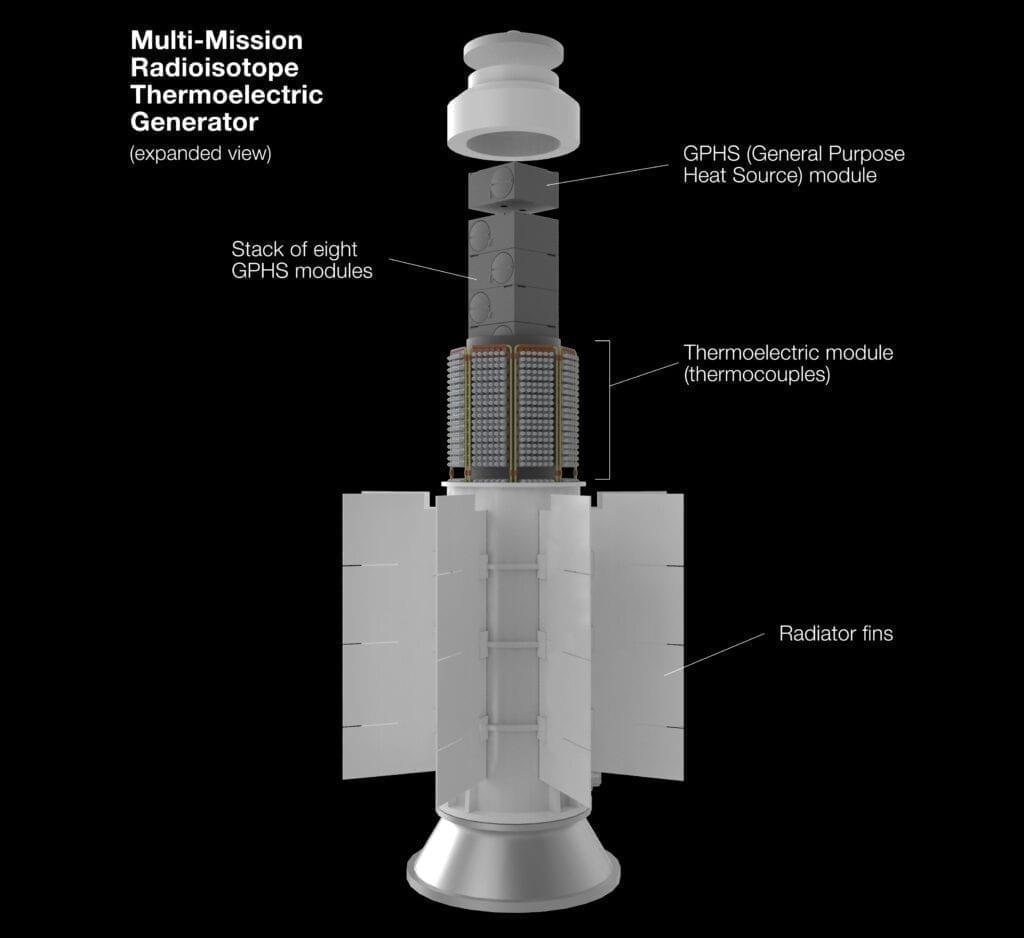



Thus, this project would be entirely feasible if the ship were launched from outside the magnetosphere-the only remaining difficulty being, of course, transporting everything to the launch point. Calculations showed that the fallout from a takeoff could be projected to lead to the premature death of between 1 and 10 people. There were also ethical issues that would be associated with launching such a vehicle from within the earth's magnetosphere. The primary reason given was that the Partial Test Ban Treaty made it illegal to detonate nuclear explosions in space (before the treaty, the United States and the Soviet Union had already detonated at least nine nuclear bombs, including thermonuclear bombs, in space i.e., at altitudes over 100 km). The system appeared to be entirely workable, and was under serious development in the United States, when the project was shut down in 1965. Many of these related to crew shielding and pusher-plate lifetime. The same craft could visit Saturn's moons in a seven-month mission (compared to chemically powered missions of about nine years).Ī number of engineering problems were found, and solved, over the course of the project. This low-tech single-stage reference design would reach Mars and back in four weeks from the Earth's surface (compared to ≈50 weeks for NASA's current chemically powered reference mission). The reference design was to be constructed of steel using submarine-style construction, with a crew of more than 200 and a vehicle takeoff weight of several thousand tons. Thrusts were in the millions of tons, allowing spacecraft larger than eight million tons to be built with 1958 materials. With refinements, a theoretical maximum of 100,000 seconds (1 MN Efficient directional explosives maximized the momentum transfer, leading to specific impulses in the range of 6,000 seconds, or about 12 times that of the Space Shuttle Main Engine. The idea of Orion was to react small directional nuclear explosives against a large steel pusher plate attached to the spacecraft with shock absorbers. The design effort was carried out at General Atomics in the late 1950s and early 1960s. Project Orion was the first serious attempt to design a nuclear pulse rocket.


 0 kommentar(er)
0 kommentar(er)
